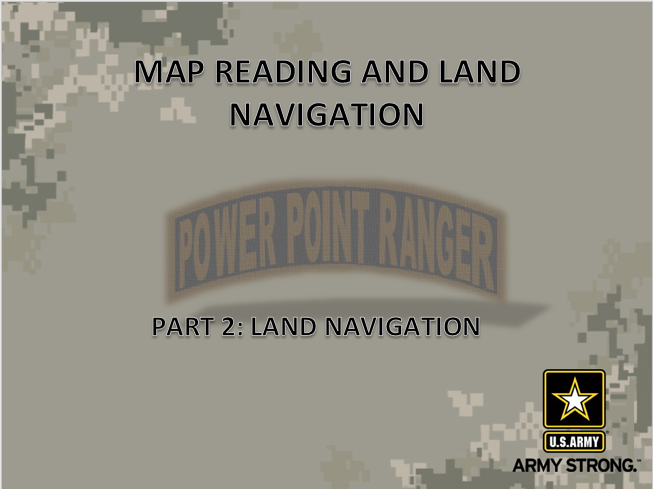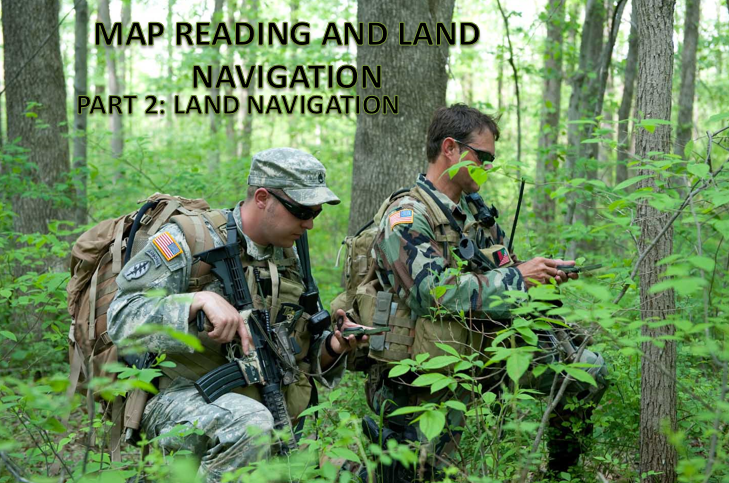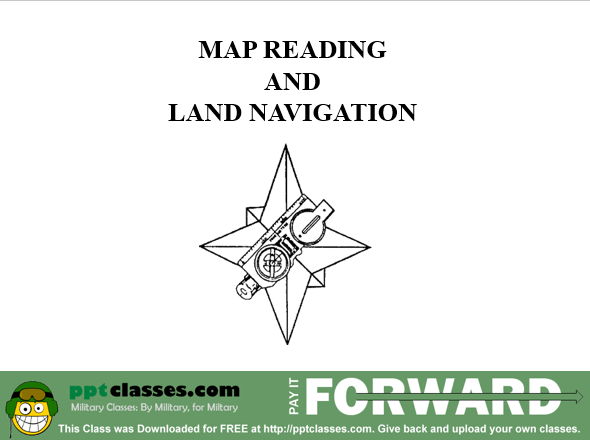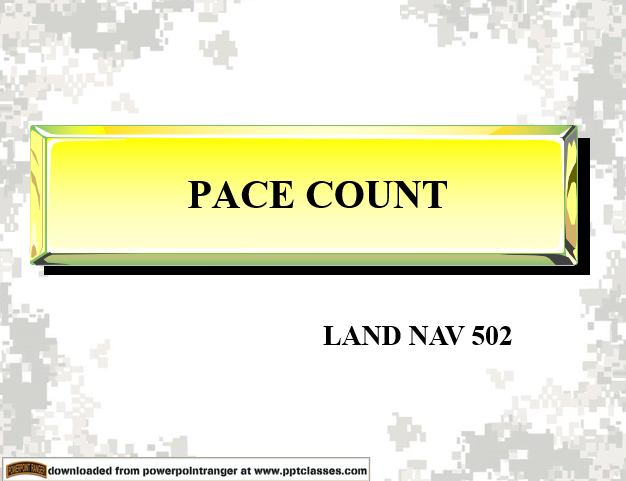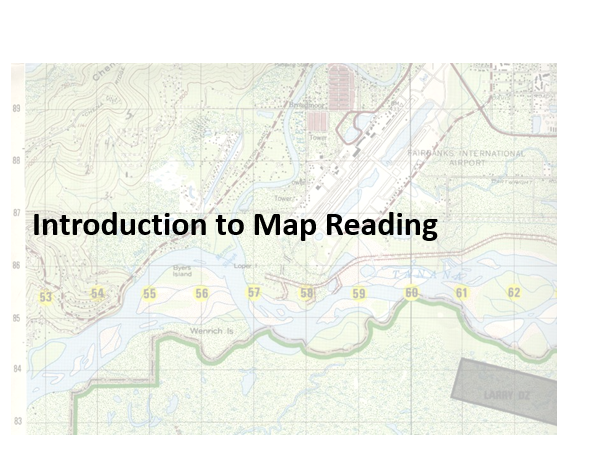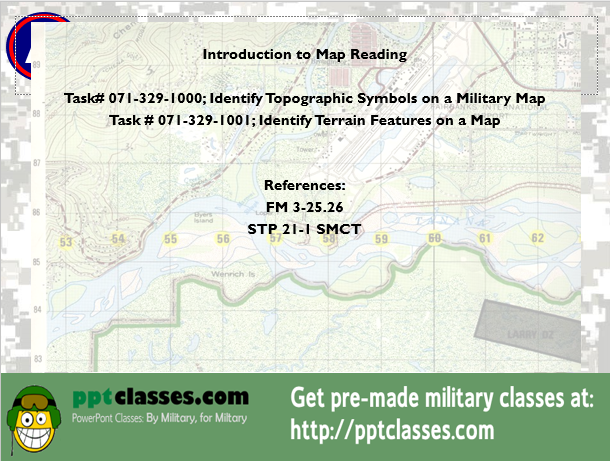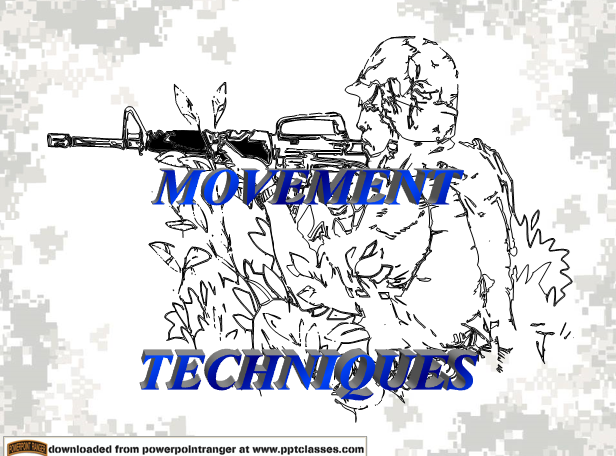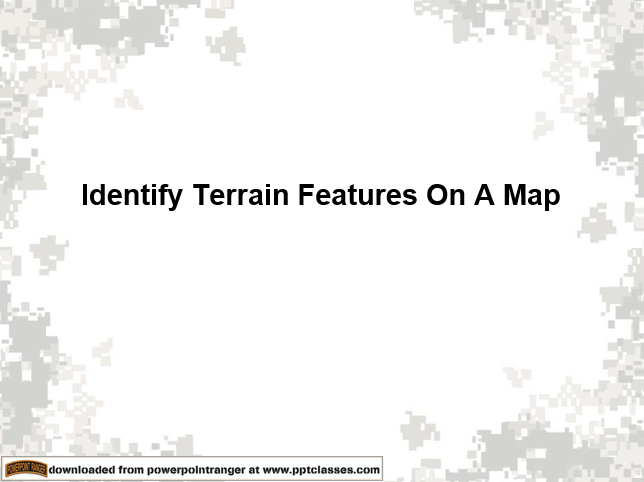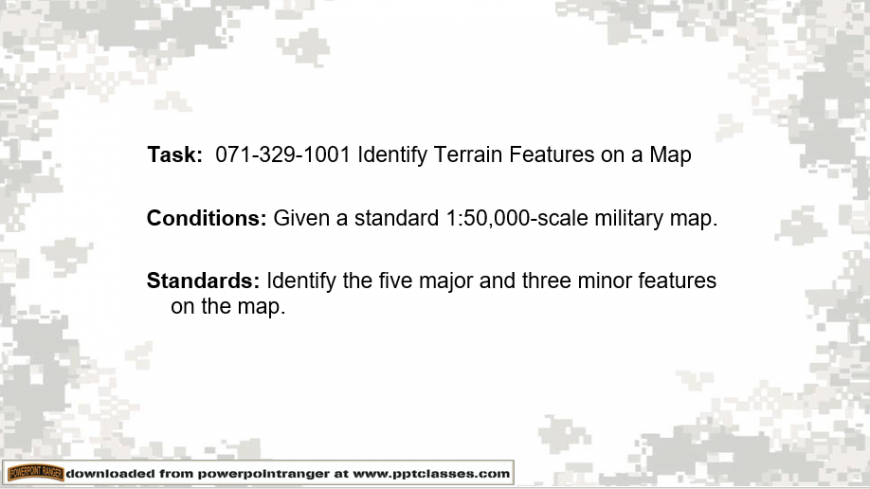Land Navigation and Map Reading

Land Navigation Equipment and Methods
A map is a graphic representation of a portion of the earth’s surface drawn to scale, as seen from above. It uses colors, symbols, and labels to represent features found on the ground. The ideal representation would be realized if every feature of the area being mapped could be shown in true shape. Obviously this is impossible, and an attempt to plot each feature true to scale would result in a product impossible to read even with the aid of a magnifying glass.
The map of choice for land navigators is the 1:50,000-scale military topographic map. It is important, however, that you know how to use the many other products available from the DMA as well. When operating in foreign places, you may discover that DMA map products have not yet been produced to cover your particular area of operations, or they may not be available to your unit when you require them. Therefore, you must be prepared to use maps produced by foreign governments that may or may not meet the standards for accuracy set by DMA. These maps often use symbols that resemble those found on DMA maps but which have completely different meanings. There may be other times when you must operate with the only map you can obtain. This might be a commercially produced map run off on a copy machine at higher headquarters.
The purpose of a map is to permit one to visualize an area of the earth’s surface with pertinent features properly positioned. The map’s legend contains the symbols most commonly used in a particular series or on that specific topographic map sheet. Therefore, the legend should be referred to each time a new map is used. Every effort is made to design standard symbols that resemble the features they represent. If this is not possible, symbols are selected that logically imply the features they portray. For example, an open-pit mining operation is represented by a small black drawing of a crossed hammer and pickax.
Archives
- Basic Map Reading, 136kbs
- Land Navigation Basics 906kbs
- Land Navigation, 1,053kbs
- Land Navigation Aug 2010 458kbs
- Land Navigation I 1,148,990kbs
- Land Navigation, 1,053kbs
- Lensatic Compass, 3121k
- Compass171.98kbs
- Identify Terrain Features 2007
- Intro to Map Reading
- Locate and Unknown Point on a Map
- Map Reading v2
- Map Training
- Topographic map

